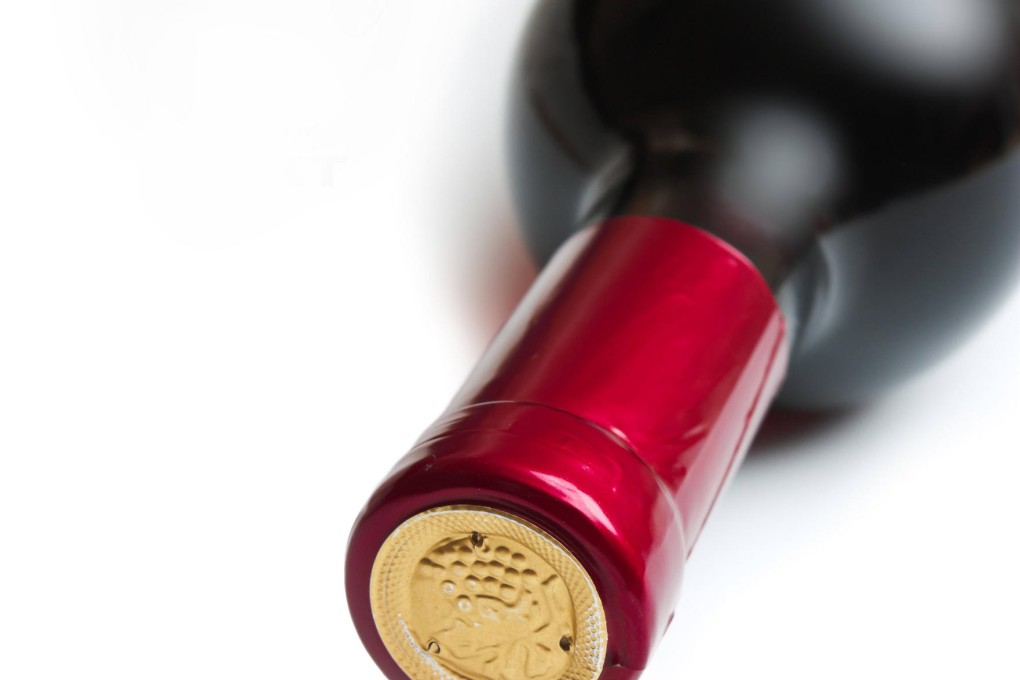Bordeaux throws up surprises for 2013 vintage after a patchy growing season
Winemakers in Bordeaux worked hard to salvage what they could from a patchy 2013 vintage. The result is plenty of mid-range offerings alongwith some oddities and a few hidden gems, writes Jane Anson

We can talk up, down and around the 2013 vintage in Bordeaux. The tasting week for the en primeur campaign has finished, and the thousands of wine buyers and journalists who have trooped from chateau to chateau have now packed up their toothbrushes and headed home.
Attendance figures were down 10 per cent, with overseas tasters accounting for one-fifth of the overall numbers compared to almost one-third just two years ago for the 2011 tastings. Perhaps that's because, as Kenneth Ren of Vintasia in Hong Kong pointed out, "There is none of the fun factor that there has been in recent campaigns when buyers come for the experience."
But those who made the trip were kept busy. It's a year where there was plenty to discuss and debate, as is always the case with vintages that are, to put it kindly, less than uniform.
So, if you're partial to a bit of wine chat, welcome to the world of Bordeaux 2013, where you have to be a detective and a gambler to unearth the treasures. There are some excellent wines hidden away, some failures, and many more that take time and patience to figure out. Not for nothing did Tolstoy say "all happy families are alike; each unhappy family is unhappy in its own way".
Let's start with a few oddities. You'll find unusual blends aplenty, with merlot taking a hammering in the Médoc due to a rainy season during the flowering of the vines. This has translated into 100 per cent cabernet sauvignon at Chateau Pichon Comtesse in Pauillac and 98 per cent cabernet sauvignon at both Chateau Margaux and Chateau Lafite Rothschild.
As to whether this is a left bank or right bank vintage, there are no easy generalities. Wine consultant Alain Raynaud says: "Early-ripening terroirs have been key [in] allowing grapes to get high enough sugar levels before the rains during harvest. But there has been so much progress in vines and winemaking that many wines are surprisingly good. May and June were disastrous, but July and August were sunny and hot. The rain came back at the end of September. Winemaking skills really can be showcased in this vintage - and shame on those who couldn't salvage something".
I tasted around 600 en primeur samples and there are a few top-line takeaways. The number one rule in 2013 was to work with the vintage, and not to try to impose any blanket house style. There were all kinds of oenological tricks up people's sleeves (or, as Clare Tooley of Direct Wines puts it, "the vintage has proved a playground for the scientists"). There were concentration machines, shock absorbers for protecting the berries from the vineyard to the cellar and sugar addition to increase alcohol levels. But the best winemakers have without exception proceeded with great care and attention. If they didn't, you find either under-extracted juice that tastes like watery rosé or over-extracted oak blocks.
